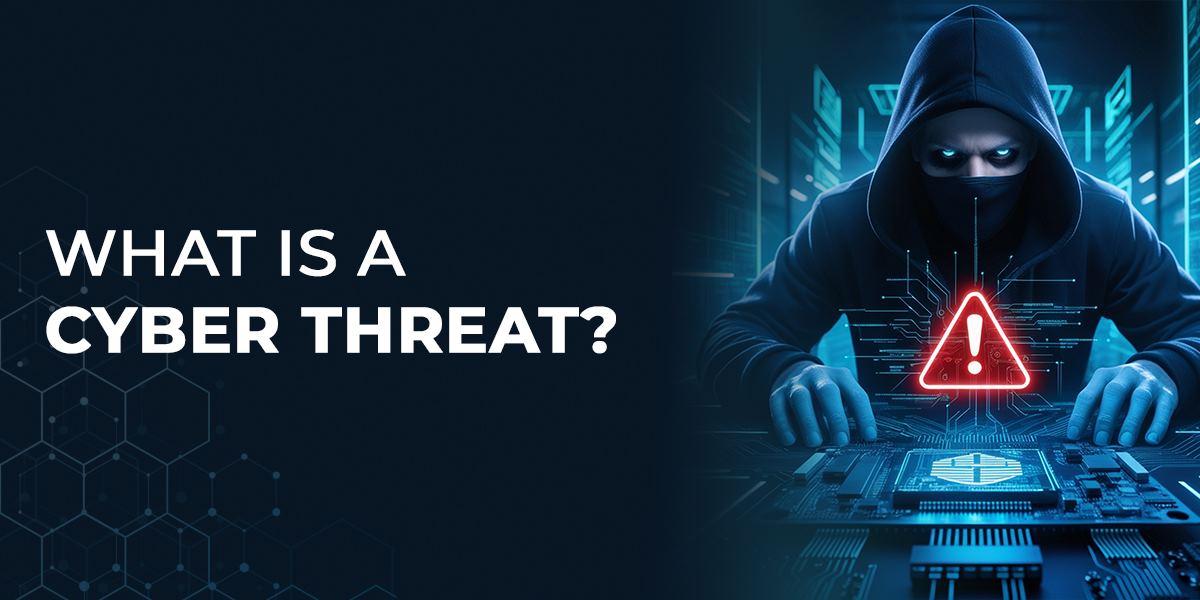The term cyber threat refers to the malicious activities intended to damage, steal, or disrupt the digital information. It includes computer viruses, data breaches, denial of service(DoS) attacks, and various other attacks. Furthermore, the definition of cyber threats also aligns with the possibility of successful cyber attacks that aim to gain unauthorised access and steal personal information, computer networks, intellectual property, or any sort of sensitive data available digitally. The possibility of cyber threats can come from within an organisation by trusted users or from remote locations by unknown parties.
Delving into the article will highlight the information on cyber threats, types of cyber threats and some common examples of threats too. So, if you want to get an overview of the cyber threats, make sure to hover the detailed article.
Types of Cyber Threats
In the ever-changing landscape and growing complexity of cyber threats one needs to constantly keep updated and ahead of all the rising threats in the domain that may impact digital information as well as business. So, to keep you aware of the cyber threats here is a list of some common cyber threats that hackers use to exploit the user's information.
• Malware
It is an umbrella term that describes the program vulnerabilities or files that are intended to disrupt or harm the computer system or networks. Usually, these types of cyber threats breach the system network via vulnerabilities or when the users click on a mail or attachment. There are different types of malware including trojans, viruses and worms, ransomware, botnet software, spyware, remote access trojans, RATs, etc.
• Spyware
It is also a form of malware used by hackers to steal sensitive data like bank details and passwords. Spyware is used to monitor the system illegally and harvest potential information. The spyware has the potential to send real-time information to the host without knowing the users.
• Phishing Attack
A phishing attack is a cybercrime attack that aims to steal the personal information of the users such as bank information, credit card numbers, one-time passwords, and other sensitive information. The phishing attacks are carried out through emails, texts, phone calls, instant messaging, or social media by tricking people into sharing their information.
• Ransomware
Ransomware malware has achieved a good position in the rising landscape of cyber threats. It is a type of malware that denies access to a computer system network until a ransom amount is paid to the hackers. The hackers steal sensitive information from the targeted system and demand a ransom to further encrypt the system.
Conclusion
The practice of stealing or disrupting the digital well-being and stability of users or enterprises is referred to as cyber threats. It includes a wide range of attacks such as data breaches, computer viruses, denial of service(DoS), etc. In the growing complexity of cyber threats, it is necessary to protect the computer systems, networks, or other digital assets of an organisation or individual. Choose the International Institute of Cyber Security and Ethical Hacking(IICSEH), the Best Cyber Security Institute in Delhi, to get hands-on experience and knowledge of cyber security.








